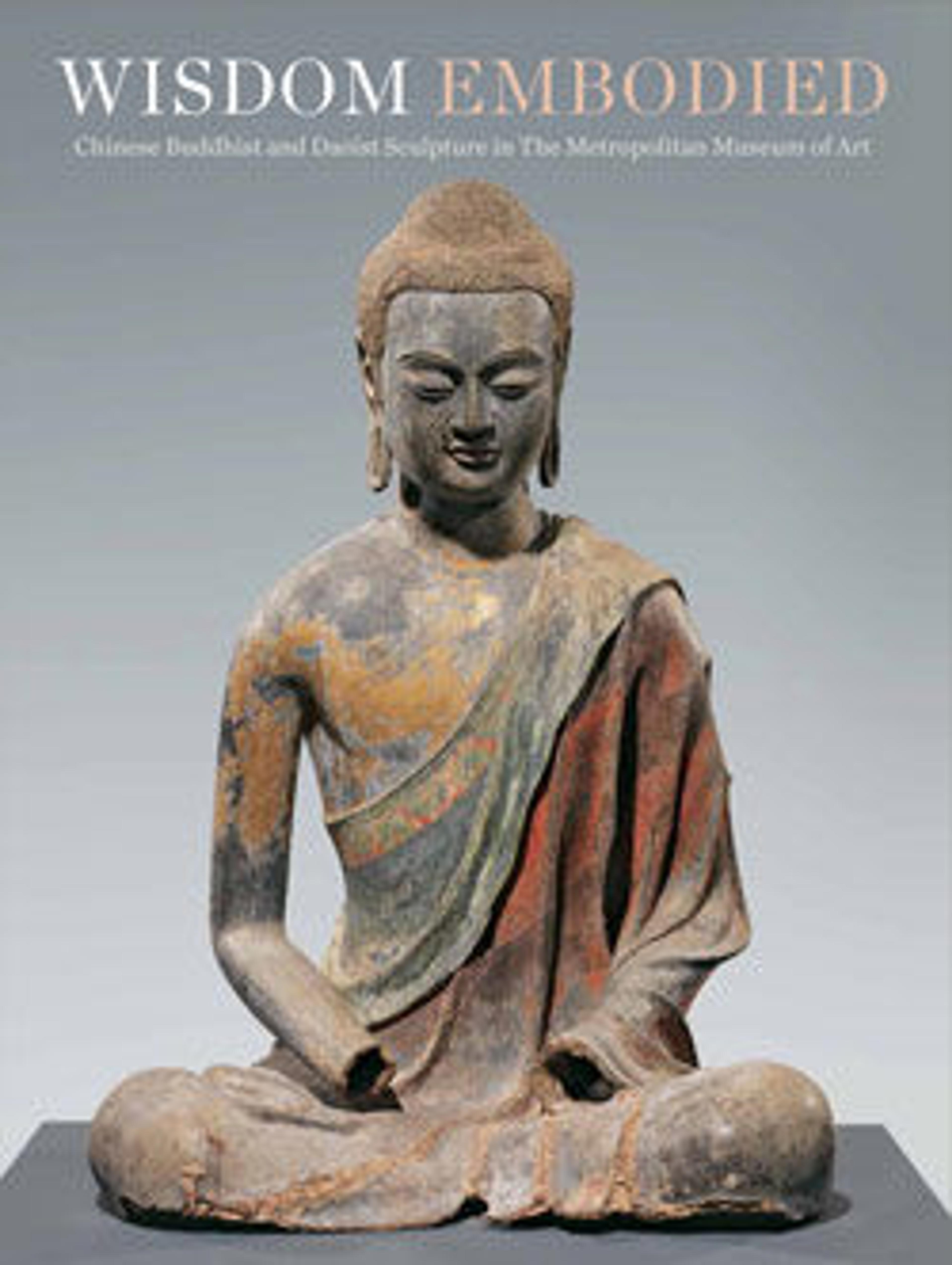Bodhisattva, probably Avalokiteshvara (Guanyin)
Large-scale figures of bodhisattvas wearing sumptuous jewelry epitomize stylistic and iconographic innovations in Chinese sculpture from the second half of the sixth century. The lavishly jeweled harness adorning this bodhisattva is made of two long strands of pearl-like clusters and multifaceted beads. Some elements, such as the triangular pendants and the monster mask, have Chinese precedents, whereas others, such as the pearl cabochons, derive from Central Asian traditions. The appearance of such ornately decorated sculptures, which later became standard in Chinese Buddhist art, attests to a growing devotion to Avalokiteshvara in the second half of the sixth century.
Artwork Details
- 北齊 彩繪石雕觀音菩薩像
- Title: Bodhisattva, probably Avalokiteshvara (Guanyin)
- Period: Northern Qi dynasty (550–577)
- Date: ca. 550–560
- Culture: China
- Medium: Sandstone with pigment
- Dimensions: H. 13 ft. 9 in. (419.1 cm); H. with base 14 ft. 9 in. (449.6 cm)
- Classification: Sculpture
- Credit Line: The Sackler Collections, Purchase, The Sackler Fund, 1965
- Object Number: 65.29.4
- Curatorial Department: Asian Art
Audio
119. Bodhisattva, probably Avalokiteshvara (Guanyin)
0:00
0:00
We're sorry, the transcript for this audio track is not available at this time. Please email info@metmuseum.org to request a transcript for this track.
More Artwork
Research Resources
The Met provides unparalleled resources for research and welcomes an international community of students and scholars. The Met's Open Access API is where creators and researchers can connect to the The Met collection. Open Access data and public domain images are available for unrestricted commercial and noncommercial use without permission or fee.
To request images under copyright and other restrictions, please use this Image Request form.
Feedback
We continue to research and examine historical and cultural context for objects in The Met collection. If you have comments or questions about this object record, please contact us using the form below. The Museum looks forward to receiving your comments.
